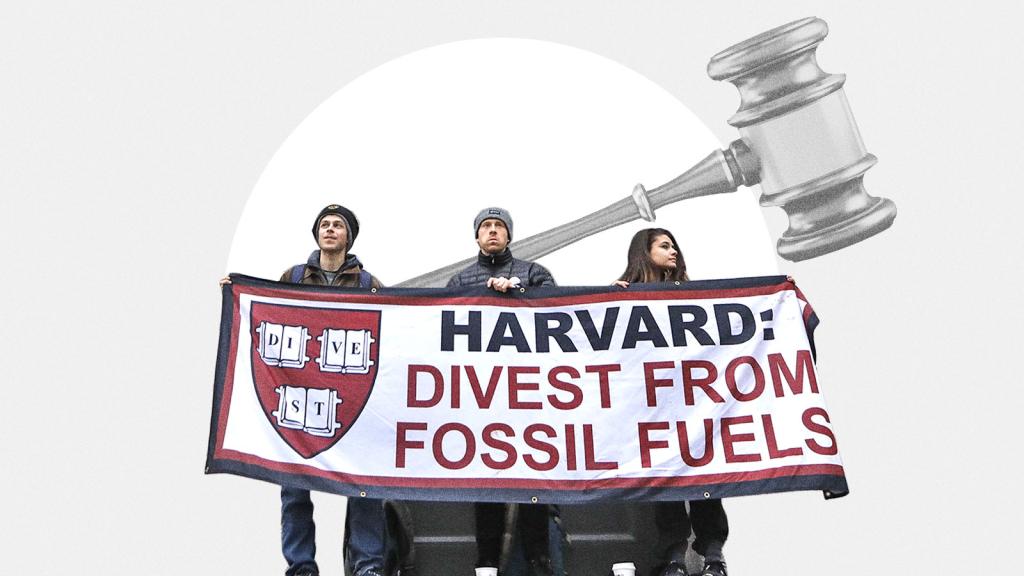A group of more than 500 investors is shining a spotlight on the companies most responsible for climate change — and least prepared to change course. On Monday, the initiative, known as Climate Action 100+, released scorecards for the top carbon-emitting companies, spanning sectors like oil and gas, electric utilities, cement, airlines, steel, and chemicals. The group, which manages more than $50 trillion in assets, found that despite the barrage of corporate climate plans in the past year, most of those promises are still largely hollow.
The companies were assessed across nine categories of accountability; first and foremost, whether they had committed to achieving net-zero — a point where they are no longer contributing to the accumulation of carbon in the atmosphere — by 2050 or sooner. Only about half of 159 companies passed that test.
In theory, getting to net-zero by 2050 could help the world achieve the goals of the Paris Agreement and avert catastrophic warming. But in reality, success hinges on the pace and scale of action along the way. Even for the companies that have committed to going net-zero, Climate Action 100+ found that their definitions of the goal varied, with only half accounting for the full scope of their emissions. Even fewer corporate plans contained short- and medium-term targets that passed muster under the report’s criteria.
Take BP, for example. The British oil company, which is now rebranding itself as an “integrated energy company,” has advertised its “net-zero ambition.” However, BP’s net-zero plan doesn’t cover all of the emissions that come from burning the oil it produces. And while BP has some semblance of short, medium, and long-term targets, none of those targets are ambitious enough to help the world limit global warming to 1.5 degrees C (2.7 degrees F). For oil companies, that’s par for the course.
Climate Action 100+ looked at more than emissions targets, assessing companies on whether they’ve disclosed specific strategies for achieving them, as well as the transparency of their lobbying activities and trade group memberships. While BP committed to conducting its lobbying to support policies that will help achieve the goals of the Paris Agreement, for instance, the company does not publicly disclose its lobbying activities, making it impossible to see if it’s keeping that promise.
Pretty much every company failed one test — making an explicit commitment to align their capital expenditures with their emissions targets. These are their major, long-term investments, like plans to build new power plants or drill new oil wells. “The capital expenditure indicator doesn’t surprise me one bit, because this is new disclosures that we’re asking for for the first time,” said Adam Matthews, an investment officer for the Church of England Pensions Board, during a press briefing.
Part of the point of this “benchmarking” analysis, which Climate Action 100+ expects to do annually, is to clearly communicate what exactly investors expect of companies. Matthews said he expects the capital expenditure benchmark to look considerably different on the next report, “because it’s hard to ignore when you’ve got $54 trillion knocking on your door.”
The strategy appears to be working so far. The Energy and Policy Institute, a utility watchdog organization, recently reported that investor pressure from Climate Action 100+ led the top two carbon emitting electric utilities in the U.S., Duke Energy and Southern Company, to disclose more information about their trade associations. Still, important details are missing, the watchdog group writes, such as information about the companies’ direct lobbying activities, which include advocating for policies that would slow climate action. Those exceptions did not elude the Climate Action 100+ assessors, who gave both utilities failing marks on the metric of “climate policy engagement.”
The investor group plans to expand its criteria to include a “just transition” in the next report, assessing whether each company has disclosed the impacts of transitioning to a lower-carbon business model on its employees and the communities it operates in. Some investors with Climate Action 100+ are pursuing complementary strategies on their own, like filing proposals with companies demanding specific disclosures and commitments. Those proposals will be voted on during the companies’ annual general meetings this spring. While the investors in the group have shared goals, ultimately it’s up to each member to decide whether they take further action, such as pull their investments, if companies don’t step up.
“This is an ambition that can’t be dodged, delayed, diluted,” said Anne Simpson, director of board governance and sustainability for the California Public Employees’ Retirement System, during the press briefing. “We’ve got to be clear about the net-zero ambition, and then we’ve got to hold companies accountable.”



